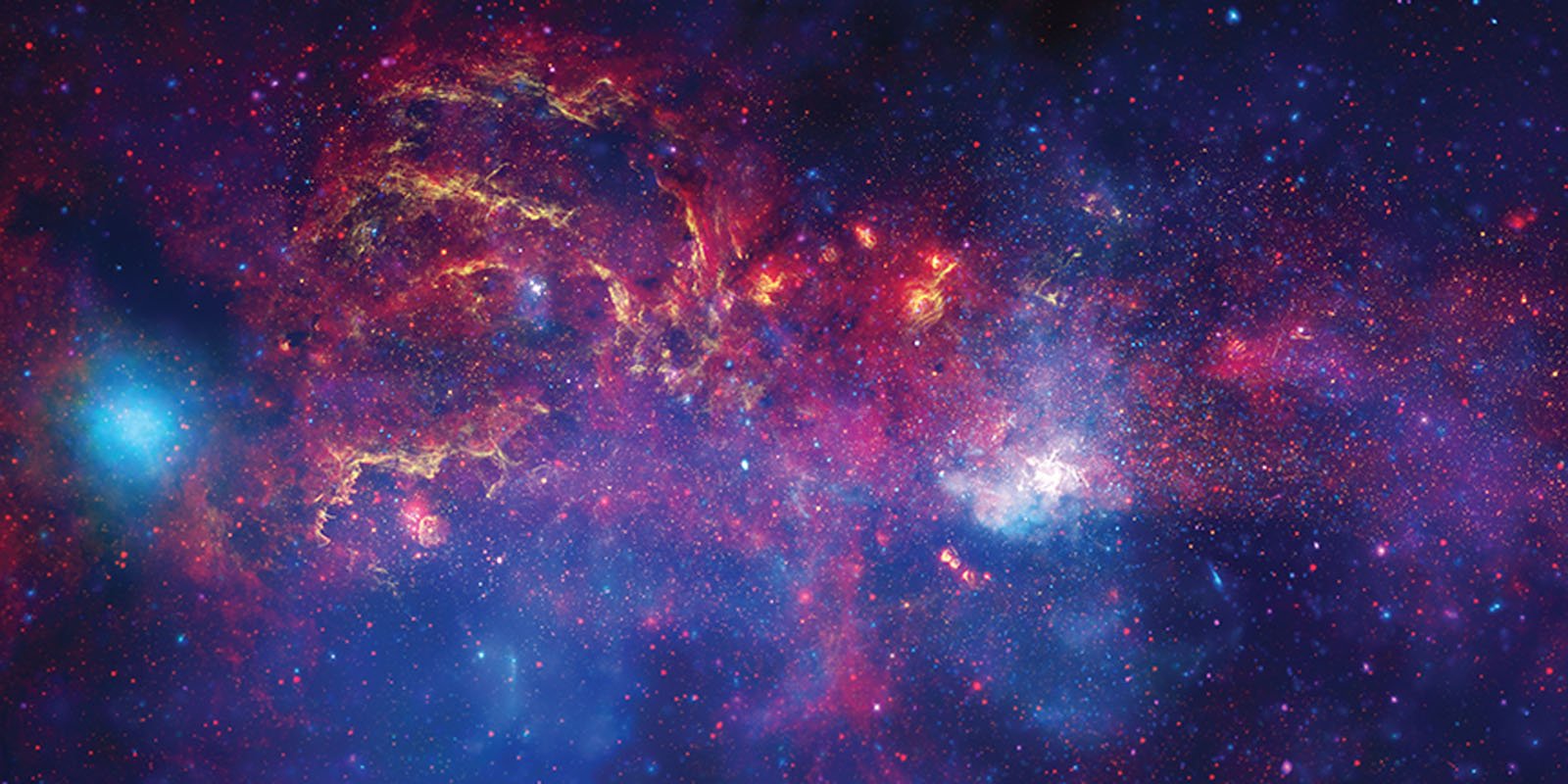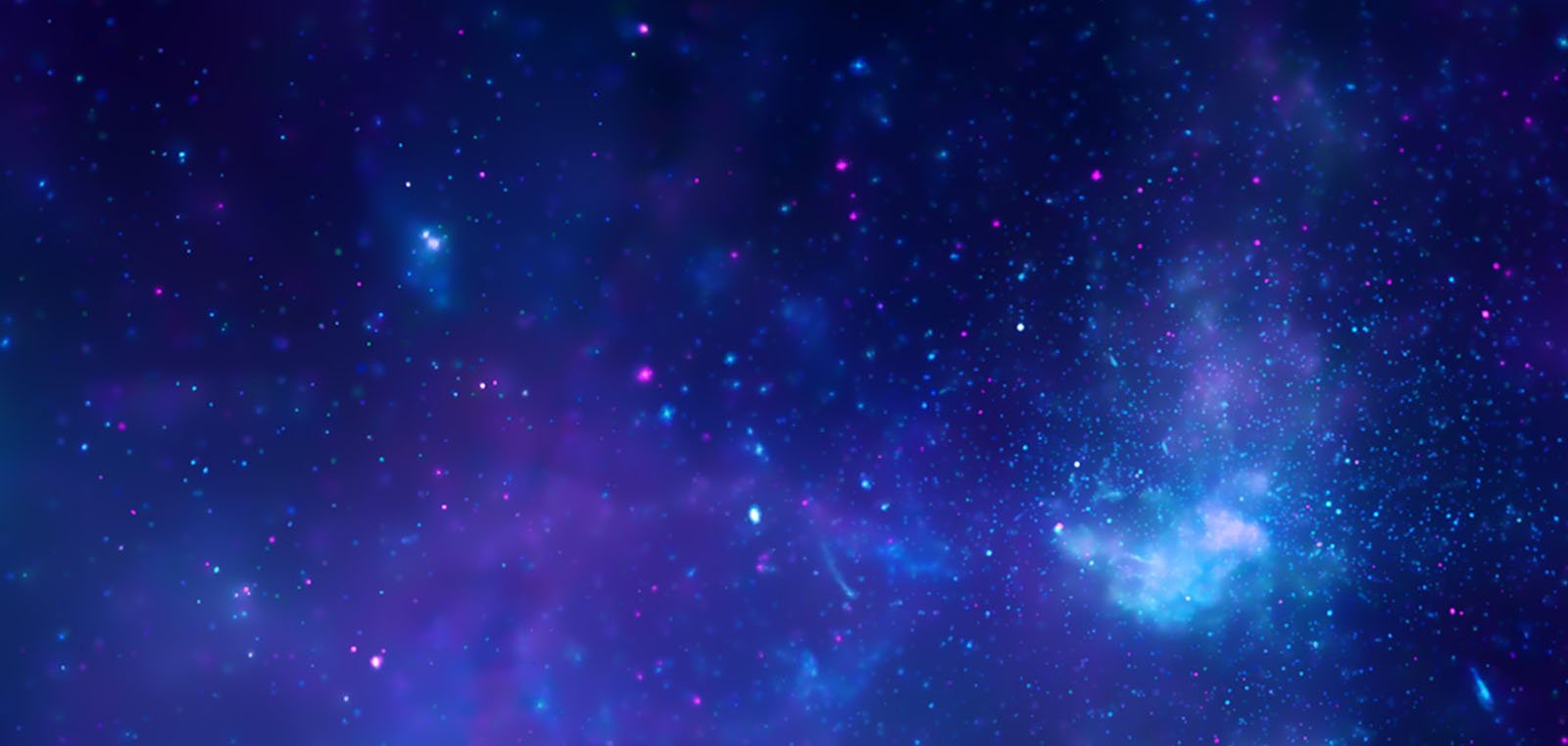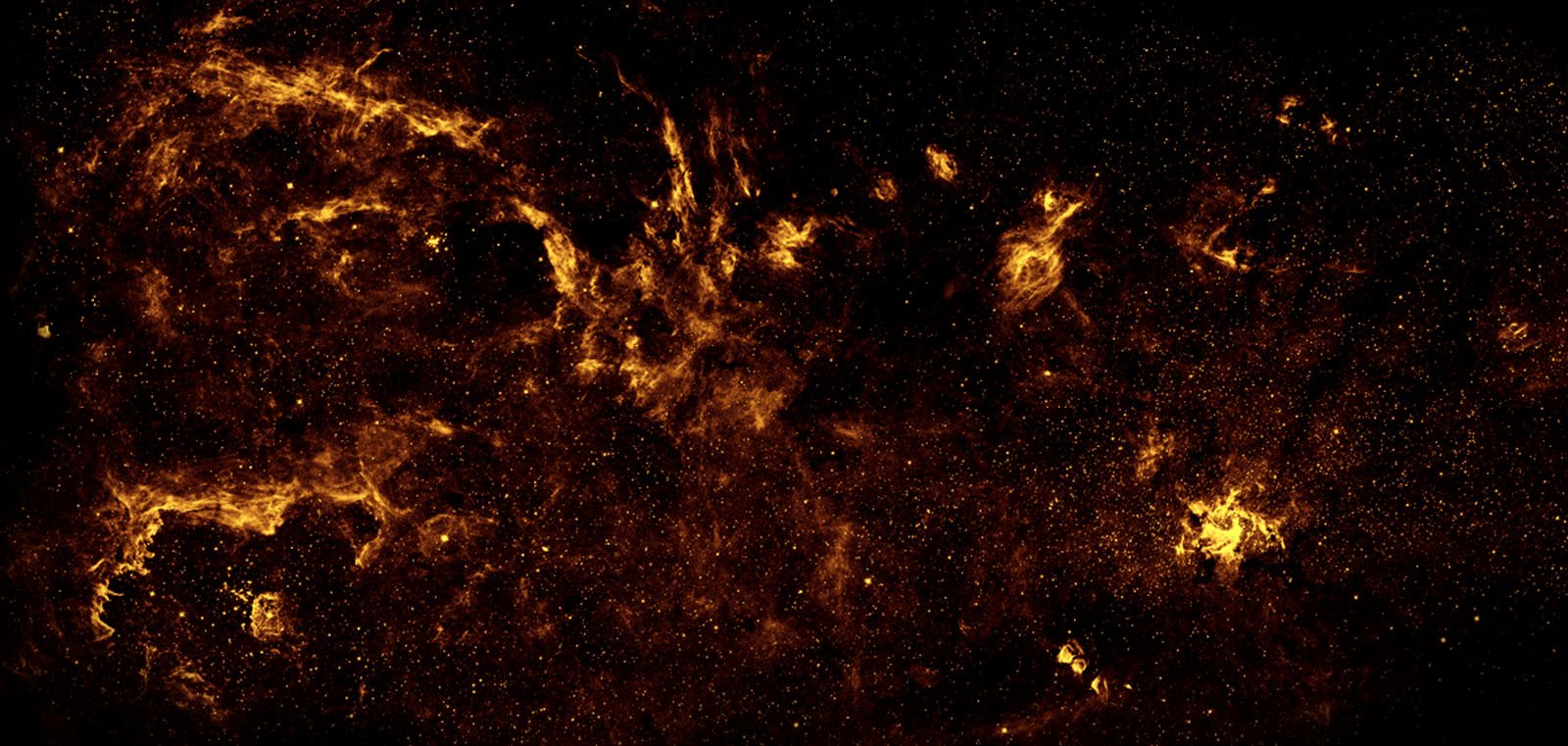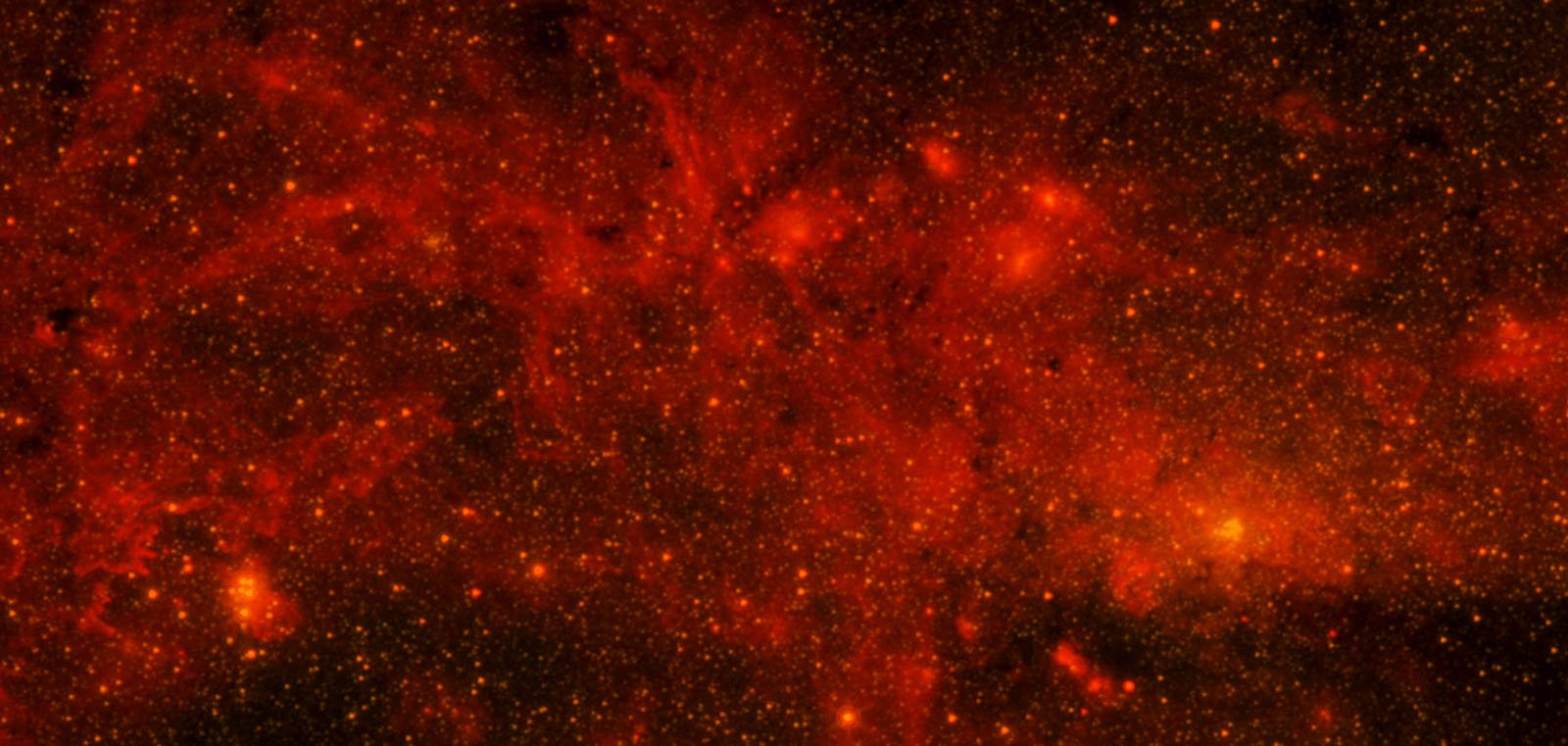
Although sophisticated telescopes like the Chandra X-ray Observatory, Hubble, and Spitzer have delivered people a more advanced understanding of the cosmos, the night sky and its infinite reach continue to enchant and amaze people from all walks of life, including artists.
A Universe of Sound is a collaboration between NASA’s Chandra X-ray Observatory and other NASA telescopes and SYSTEM Sounds to use mathematical mappings to assign digital audio to the pixel values of NASA telescope data. Put another way, it is a data sonification project that converts beautiful deep-space visual data into sounds.
“This process allows the listener to experience the data through the sense of hearing instead of seeing it as images, a more common way to present astronomical data,” explains the Chandra team.
Composer Sophie Kastner has now taken the data sonification project further by creating music that skilled musicians can actually play on real instruments, unlike prior data sonification.
As Space.com puts it, Kastner’s new piece, “Where Parallel Lines Converge,” translates “the unlistenable into song, turning nuanced data emanating from the heart of our Milky Way into notes of a dissonant symphony.”

Kastner’s piece turns X-ray, infrared, and optical visual data of the Milky Way’s Galactic Center into beautiful music. The inspiration is a 2009 composite image that uses data from Chandra (blue and violet), Hubble (near-infrared emissions in yellow), and Spitzer (infrared wavelengths are shown in red).

Kastner could not capture the entire composite into music and instead focused on a double star system seen in X-ray wavelengths, the bright blue orb to the left, the prominent red filaments, and the supermassive black hole at the center of the Milky Way, Sagittarius A*.

“I like to think of it as creating short vignettes of the data, and approaching it almost as if I was writing a film score for the image,” Kastner explains. “I wanted to draw listener’s attention to smaller events in the greater data set.”
The project remarkably combines art and science. Alongside Kastner’s expert musical judgment, there is underlying math — as is always the case with music. “We’ve been working with these data, taken in X-ray, visible, and infrared light, for years,” says Chandra visualization and emerging technology scientist Kimberly Arcand. “Translating these data into sound was a big step, and now with Sophie we are again trying something completely new for us.”
Through the data sonification process, computer algorithms mathematically map digital data from Chandra, Hubble, and Spitzer to specific sounds that humans can perceive. Kastner then took that data to ensure that the music was playable by real people, adding an artistic twist to the project.
“It’s like writing a fictional story that is largely based on real facts. We are taking the data from space that has been translated into sound and putting a new and human twist on it,” adds Kastner.
“In some ways, this is just another way for humans to interact with the night sky just as they have throughout recorded history,” says Arcand. “We are using different tools but the concept of being inspired by the heavens to make art remains the same.”
![]()
Kastner’s “Where Parallel Lines Converge” can be downloaded as sheet music from Chandra’s website. The piece was recorded by the Montréal-based Ensemble Éclat at McGill University this past summer and conducted by Charles-Eric Fontaine.
Credits: Composition: NASA/CXC/SAO/Sophie Kastner | Data: X-ray: NASA/CXC/SAO; Optical: NASA/STScI; IR: Spitzer NASA/JPL-Caltech; Sonification: NASA/CXC/SAO/K.Arcand, SYSTEM Sounds (M. Russo, A. Santaguida); Video Credit: NASA/CXC/A. Jubett & P. David
